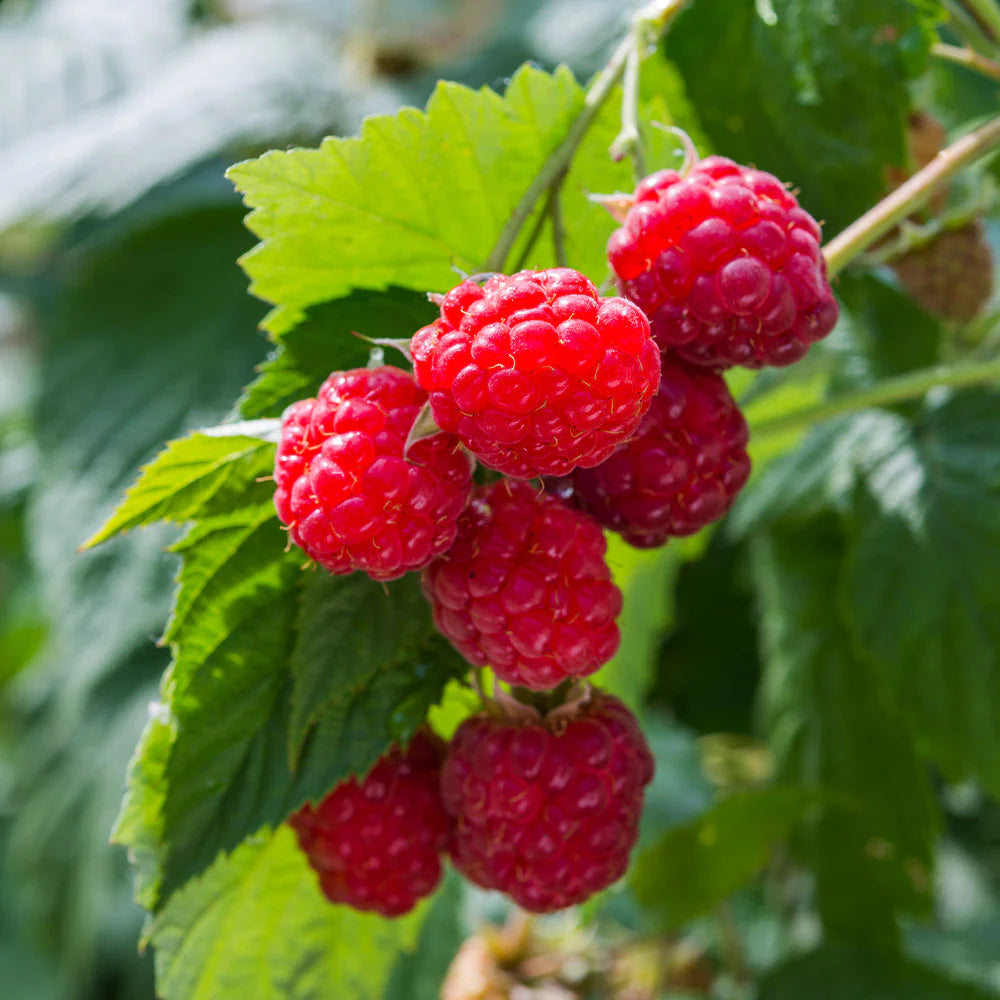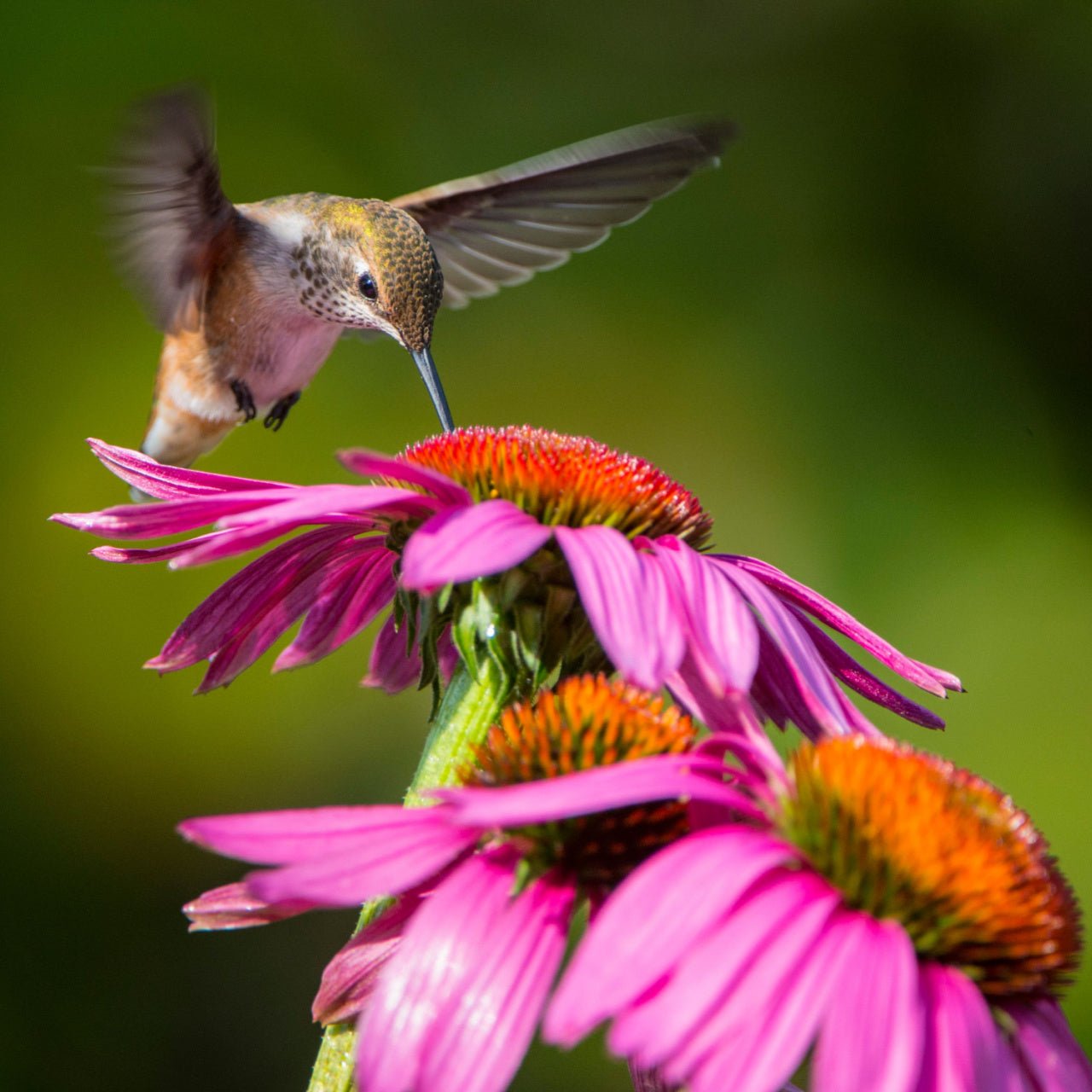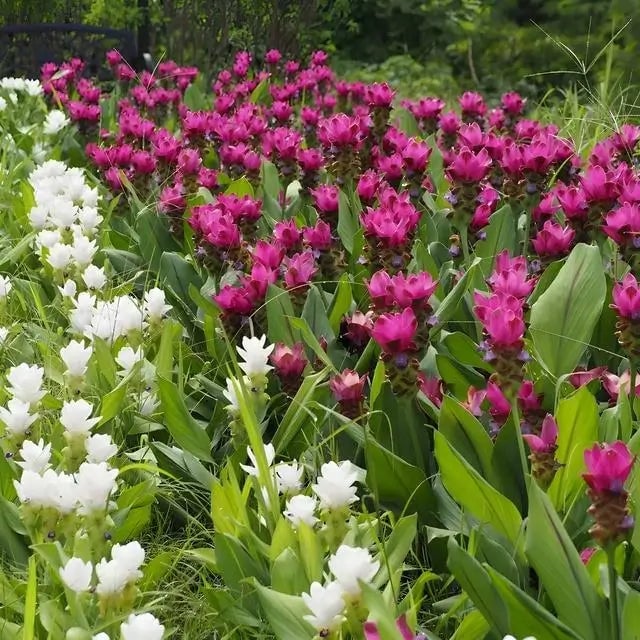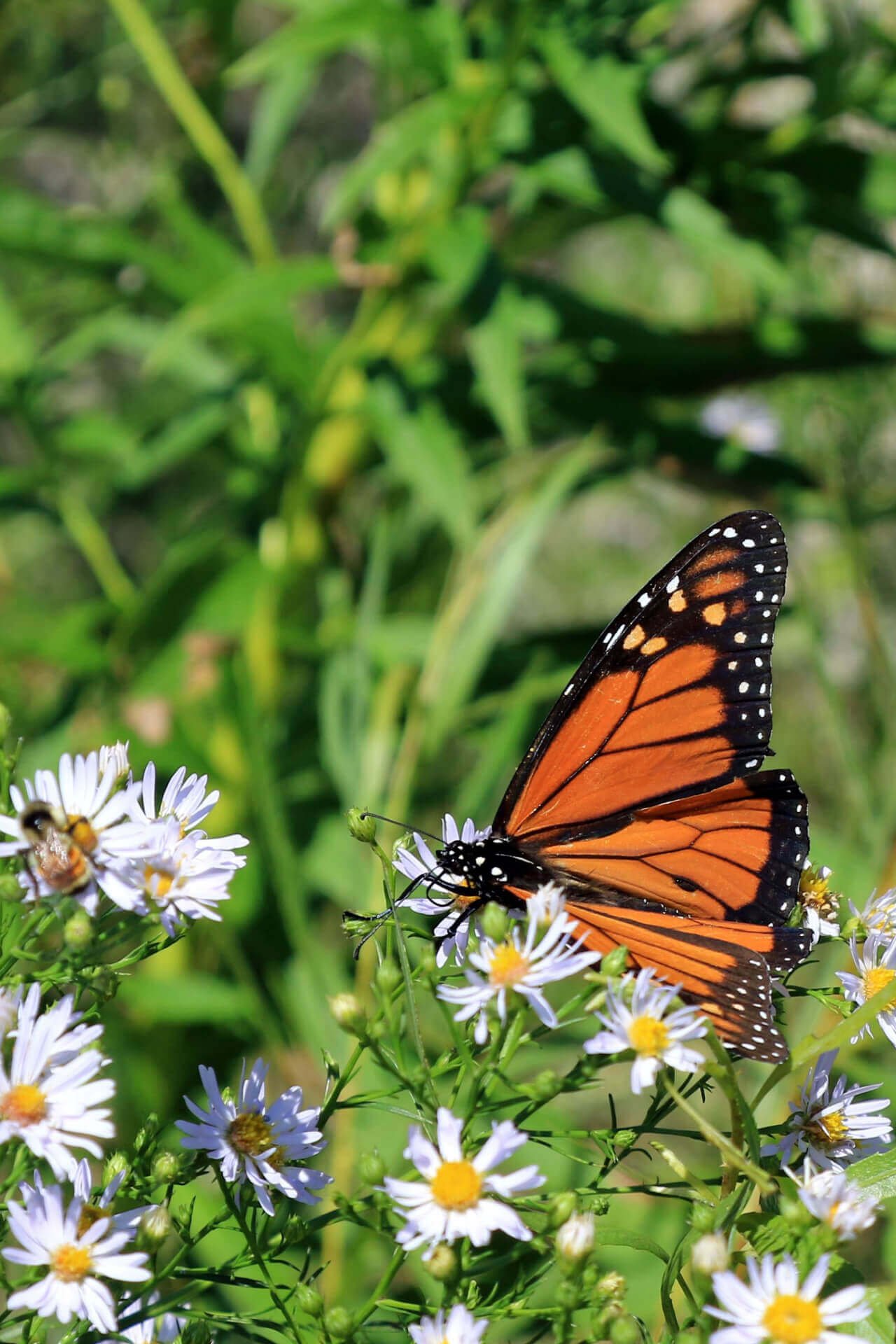



Wild Plum Tree
Thrives in Zones 3 - 8
Compact size fits smaller gardens
Hardy and adaptable to many soils
Excellent fall color for landscape
Ships in
November 2025Wild Plum Tree | Prunus Americana
The Wild Plum Tree (Prunus americana) is a fruit tree native to North America that will dazzle you with its display of beautiful white flowers. It will provide you with ample juicy fruits to harvest.
Plant Details - Wild Plum Tree (Prunus Americana)
Family: Rosaceae
Light Requirement: Full Sun
Needs: Moist
Height: 15 – 25 ft.
Spread: 15 – 25 ft.
Growth Rate: Slow
Bloom Time: Spring
Flower Color: White
Wildlife Value: Attracts butterflies, birds, bees
Landscape Uses and Maintenance - Wild Plum Tree (Prunus Americana)
Wild Plum Tree is a multitrunked deciduous tree, valuable for both its springtime beauty and its edible fruits.
You can plant this tree to create a windbreak, hedge, or living privacy screen. Train this tree as an espalier for easy to reach fruit if you are looking for a fruit tree with a shorter height – perfect for the gardener looking to make the most of a small space. This is truly a perfect tree for adding to your fruit orchard or edible garden.
This tree is a beautiful, ornamental and edible option. Its fragrant flowers bloom in the spring, giving way to delicious dark reddish purple fruits that ripen in the summer months. It has serrated green leaves. It has dark bark.
Plant this tree in a location that has full sun to partial shade.
This tree prefers well drained and loamy soil. It is able to tolerate many soil textures including clay. However, avoid planting it in compacted soil. Water it regularly.
Prune this tree regularly, thinning out branches to promote a good airflow inside of the tree canopy. This will promote leaves being able to dry out, reducing the potential for fungal infections. Prune when you see damaged, rubbing, or diseased branches. Reducing the number of flowers will make fruits larger and juicier.
Noteworthy Characteristics of Wild Plum Tree
Wild Plum Tree is a keystone species, meaning that it is a vital source of food and shelter for wildlife in its native range. You will attract many butterflies, bees, and mammals with this tree! It is a host plant for many butterflies, including the Red Spotted Purple Butterfly.
This Is How Your Plants Will Look upon Delivery

Bloom Season
Spring
Bloom/Foliage Color
White
Height at Maturity
Over 25 Feet
Care
Wild Plum Trees thrive in well-drained soil and benefit from regular watering, especially during dry periods. They should be trimmed annually to clear dead or diseased wood and shape the tree. Fertilize in early spring for best growth and fruit production.
Plant Reproduction
The Wild Plum Tree spreads through seeds and root suckers.
How to Grow and Care for Bare Root Trees
Bare root trees are shipped dormant without soil, making them lightweight, cost-effective, and easy to plant during the cool months of early spring or fall. To begin, soak the roots in a bucket of water for 4–6 hours before planting to rehydrate them. Choose a sunny location with well-draining soil and ample space for the tree’s mature size.
Dig a hole twice as wide as the spread of the roots and deep enough to keep the root flare (where the roots begin to spread from the trunk) at or slightly above ground level. Create a small mound of soil in the center of the hole, spread the roots evenly over it, backfill with native soil, and gently tamp down to remove air pockets. Water thoroughly after planting.
Keep the soil consistently moist (not soggy) during the first growing season, and apply mulch around the base—avoiding direct contact with the trunk—to conserve moisture and suppress weeds. Stake the tree if necessary, and prune only to remove dead or damaged branches. With proper care, your bare root tree will establish quickly and grow strong for years to come.
Shipping date depends on the date displayed and chosen when you order from the product's page.
We do not accept returned plants. If you purchased an extended warranty we do accept claims, please navigate to the warranty page for instructions HERE






Delicious Fruit:
The Wild Plum Tree produces small, sweet plums perfect for fresh eating or making preserves.
Hardy and Low Maintenance:
This tree is resilient and requires minimal care, making it an excellent choice for a variety of climates and soil types.
Compact Size:
Ideal for smaller gardens or landscapes, the Wild Plum Tree maintains a manageable size while still offering abundant fruit and beauty.
Attracts Wildlife:
Its fruit attracts birds and wildlife, enhancing your garden's ecosystem and providing a natural food source.
Header
Use this content to share information about your store and products.
Frequently asked questions
Still have a question? Contact us here.
Yes, we ship all over the world. Shipping costs will apply, and will be added at checkout. We run discounts and promotions all year, so stay tuned for exclusive deals.
It depends on where you are. Orders processed here will take 5-7 business days to arrive. Overseas deliveries can take anywhere from 7-16 days. Delivery details will be provided in your confirmation email.
You can contact us through our contact page! We will be happy to assist you.















